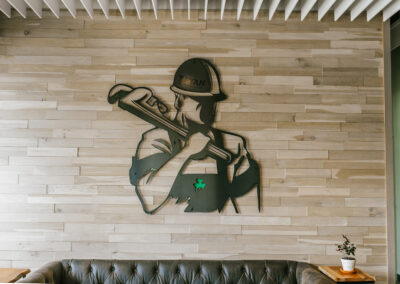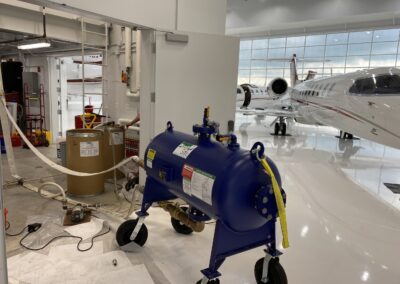Fire protection for flammable and combustible liquids requires a tailored strategy because of the unique properties that liquids present. Flammable liquids are also often overlooked when they are not part of the primary operation, such as flammable cleaning supplies or lubricants stored in bulk. Even a “supply closet” with a modest amount of flammable cleaning supplies can create unique concerns. Ultimately, when compared to other materials, such as wood, paper, and plastic, the properties of flammable liquids require extra measures to prevent and mitigate fires and explosions.
While preventive containment and ignition control should receive significant attention, measures to alleviate fires should also be addressed. These measures should consider various scenarios, such as the potential for static pool fires, flowing fires, spill fires, and pressurized or spray fires. Also, explosions can result from combustion of vapors in either a confined or unconfined setting.
Water can be used to control flammable and combustible liquid fires under certain conditions. However, foam-water is more effective as it has the ability to extinguish pool fires. An aqueous film-forming foam (AFFF) can be used with hydrocarbons, and an alcohol-resistant aqueous film-forming foam (AR-AFFF) is required for polar or water soluble flammable and combustible liquids.
Spray sprinklers are commonly used to discharge foam-water on flammable and combustible liquid fires. But for recommendations on precise needs, please contact Ryan Fireprotection directly. Our fire protection professionals are highly trained and are experienced in various types of systems, including wet, dry, pre-action, in-rack and ESFR (early suppression, fast response). With this combination of training and experience, we can provide the recommendations that best suit your needs.

